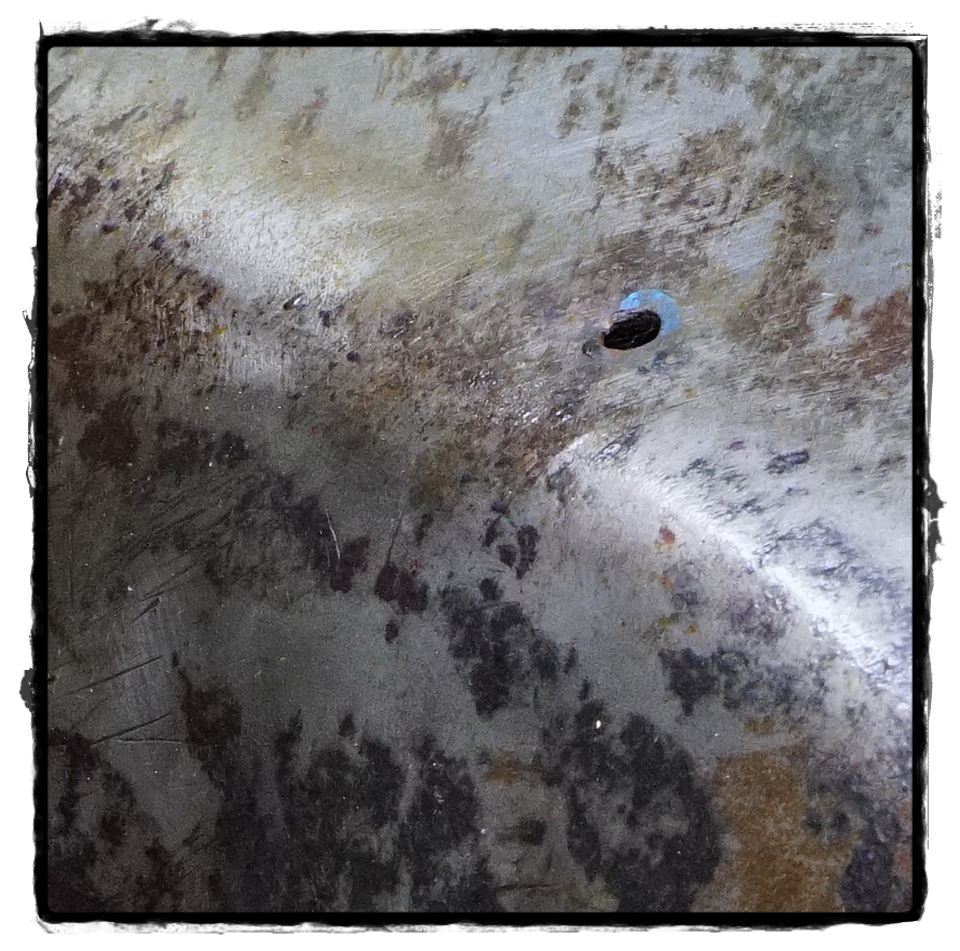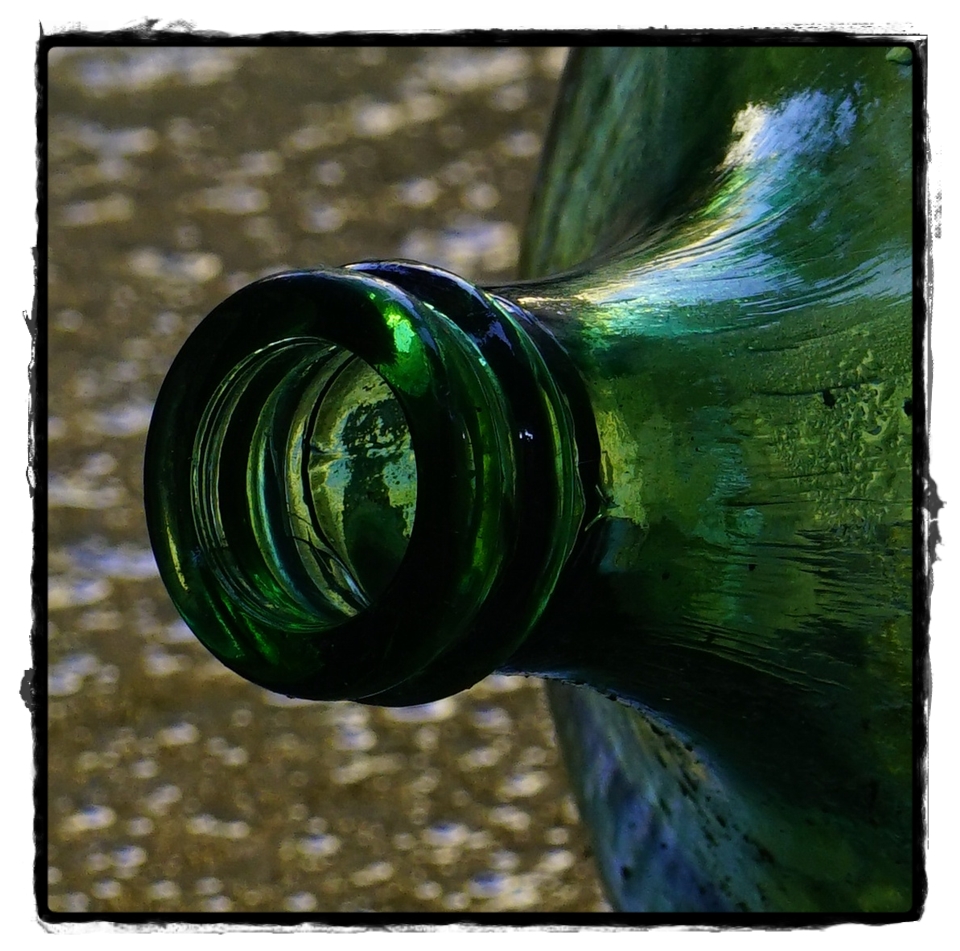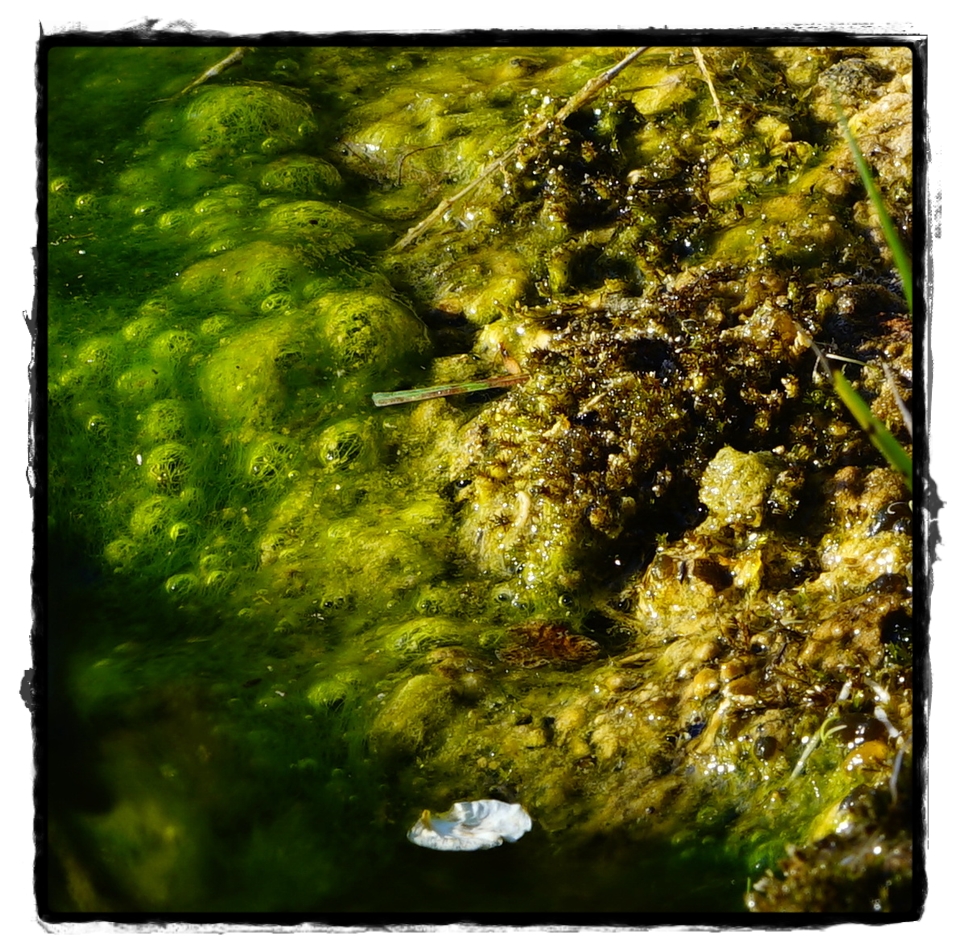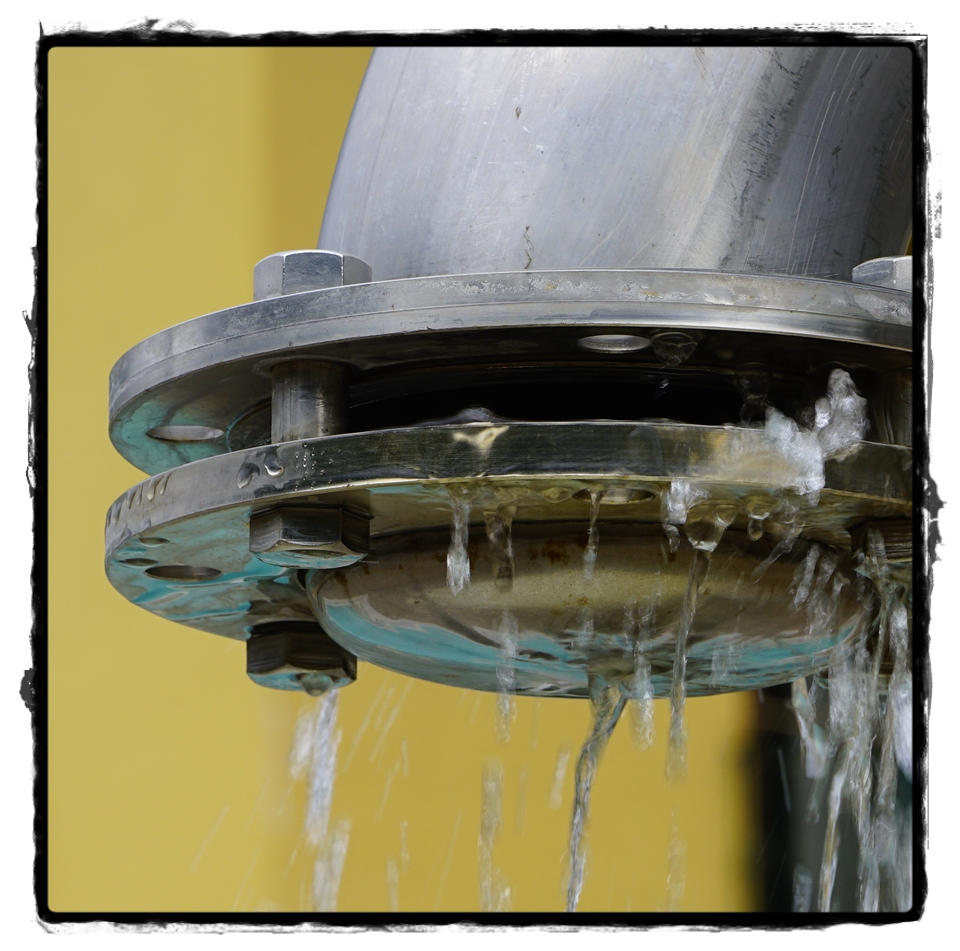My adventure with Sony has begun with the first A7R, last summer, flanked by the 24-70 Zeiss. After one year and a half of experience with the APS-C format the time jump into the full format.
Let’s start from the basis: the format difference.
From what we can read online it’s a diffused opinion that the Full Frame choise be mandatory to get better performance at high ISO and a better bokeh. As far as I’m concerned, as a photographer I can say that the main strengths of the full format are image realism, three-dimensionality and planes detachment that a smaller sensor can barely match. Talking about ISO performance, I personally retain that modern APS-C sensors are capable of easily delivering printable images up to 1600-2000 ISO (with low light, but clean) with a grain so fine that it could be invasive not even in large prints (50x75cm and more). In the specific case of the A7R, I’ve always considered it as a camera capable of crank out very clean files (according to the lighting conditions) up to a range of 2000-3200 ISO. I’d just want to add that I shoot 12 months a year in the most various situations and reasonably talking I never have the need of pushing the sensor more than 1600 ISO. Sincerely I’ve never found any usefulness in having sensibilities higher than 6400 ISO, especially when the purpose is to bring back home beautiful photographs and above all printable without post-production. About depth of field, Full Frame is more difficult than APS-C to use, but it gives greater satisfactions. Being more specific, even if to obtain the same DOF we have to stop down (usually the difference is at least 2 stops), the full format offers a softer bokeh, more spread and pleasant. In elementary words, bokeh results “bigger”. To squeeze the best out of a FF camera a great experience and a certain dedication in researching details attention are required. Sony in 2013, with the A7R, came out with a little monster. At least for what concerns image quality and “power” concentrate. A little full format body, light and with the big advantage over classic DSLRS of having an electronic viewfinder (when it comes to well expose a shot, it’s a manna from heaven). The Sony 24-70 ZA has always been a perfect adventure companion, to which I’ve quickly paired the 70-200 G.
***SONY A7R & ZEISS 24-70 @ f5.6***
Why the Sony? Because it was boding very well: moderate dimensions and a good choice of high quality lenses with a reasonable price. Around the web it looks like the trend of the moment is complaining about the “limited” choice of lenses for the Sony FE system; I can only limit myself in saying that all the native lenses that I had the chance to try and/or buy are high end lenses. In my opinion, having an assortment of 20 lenses (Sony’s supposed to give us this availability before the end of 2016, without allowing for other manufacturers that will soon join the system), all of which with great/excellent performance and well shared to cover the most useful focal ranges, is a so damn good thing for photographers. Actually the only lens that lacks in my FE legacy is a native fixed 135mm; I’d really need one for my job but it’s possible that it could be announced in the near future.
Let’s get back to the camera. After one year and more of intensive use I can take stock of it and evaluate its pros and cons.
Among “cons” the low autofocus speed must be mentioned; AF that in low light really struggles to engage the subject. Using the small AF point (S, in the menu) in this condition, focusing gets hard and sometimes even impossible. With the medium AF point (M) it engages the subject quite slowly, except for some moments where it loses and re-engage it. All of this doesn’t happen when shooting in normal lighting conditions, as long as we don’t expect sport photography performance. Another thing that is improvable is the viewfinder. Not enough resolute (often enlarging the image I could barely see if it was perfectly focused and steady) and with a bad light and colors rendering; sometimes it happens to see strange color dominants that aren’t present in the output files, or to play with over/under-exposure to obtain a certain contrast ending up with an output file not like we expected it (brighter or darker then we wanted). The manual flash use is limited to a sync speed of 1/160, this could be a smaller or bigger limit for those who want to work with the camera in total freedom. As far as concerns video side , even if I didn’t have the opportunity of testing it extensively, I had the impression that the output file wasn’t as great as the one made by other Sony cameras (even equipped with smaller sensors, like the RX10 for example) that take advantage of XAVC codec.
Let’s see “pros”.
Ergonomics is very good: the camera with its battery grip feels light but well balanced with every FE lenses. The only improvable thing of the original battery grip was C1 button, too much recessed and frequently difficult to find when shooting. Exposure meter and automatic white balance work well helping the less experienced photographers. The image quality is really high end, both talking about JPEG and ARW. Sony’s raw file is pretty easy to develop; shooting with the appropriate film you easily bring home excellent JPEGs ready to be printed. The level of detail achievable with 36 MP with no AA filter offers a great realism and surfaces’ rendering. Looking at the fine detail we have to consider that even if the 24-70 ZA and the 70-200 G are optically superb, the level of resolution and incisiveness offered by fixed lenses (like the Zeiss Loxia and Zeiss Batis) is definitely superior. The build quality is really great: from the body to battery grip and lenses, everything gives always a feeling of solidity and precision. In addition to the A7R, in my Sony legacy I’ve got: 24-70 ZA f4, 70-200 G f4, Zeiss Loxia 50 f2, Zeiss Batis 85 f1.8 and Zeiss Batis 25 f2. Without any exception they are well made objects, well-finished and resistant. The external tilting display is very useful when trying a shot from an unusual point of view; with the camera almost leant to the ground or suspended in the air over the crowd, it’s always possible to achieve what we want. An usable ISO range with great results from 50 to 2000, and still pretty good at 3200, allows to shoot in every situations achieving printable files with a more than satisfying image quality.
The price is very competitive. This camera won’t be the fastest out there, but it globally offers a high level experience (even thanks to the affordable high quality lenses available) and an ease of use that traditional DSLRs can only dream about. To join the Full Frame and high resolution world without spending a huge sum of money, I’d say that the A7R with its FE lenses is actually the best choice.
But now let’s get to the juicy part.
One year ago, rumors spreading around the web talked about it with the codename A7X.
***In the gallery below you can see some shots taken with the latest Sony camera. The photograph of the bodywork has been shot at 3200 ISO and in the enlargement it shows that colors and details are clearly readable. You can also notice the realism of glass and the dynamic of colors***
The A7RmkII is the farther thing ever from a simple upgrade. With the old A7R it just shares the menu: all the rest is completely brand-new. It’s much faster, much precise, it’s got a sensor that has nothing to do with the “old” 36MP, it’s stabilized, it shoots 4k video both internally and externally, it’s got a totally new viewfinder and an even more finished ergonomics. I’ve bought the Batis 85mm just in time to try it with my old A7R, then I had to change it for the new camera. What happened precisely? I was just starting to see my “old” Sony to crank out images with a quality almost never seen before… then, in a few days, I ended up with the best mirrorless ever and the top AF lenses available. I wouldn’t know where to start.
Anyway, be aware that “mkII” in this case doesn’t mean upgrade. In my opinion it’s a revolution.
Let’s start from the end, the negative aspects.
With some years of very intensive experience and having had the chance of shooting with many recent cameras, my expectations about this new Sony have raised a lot. After two months of use I haven’t found a weak point; nothing that can be defined as a limit or a lack. Finally what the eye sees from the viewfinder is very faithful with the output file. Enlarging the image it’s easy to ensure if it’s perfectly sharp and steady, if there’s some blur or not. Beyond that slight “digital” effect that all the electronic viewfinders have when showing a 100% detail, there’s really nothing to advise. Obviously visualizing file on a professional calibrated display, by projection or better after a very high quality print, the result is even much more gratifying. Remaining in the viewfinder’s speech, if we wanna make a comparison with the previous model, thanks to the new one it’s possible to use the focus enlargement reticulum without even activating the contrast focus-peaking: image results sharp and resolute enough to make the vision of the colored border useless.
Colors have nothing to do with those of the old model and the camera reacts very well to films’ customization, without producing that “false” effect like in the past. My impression, as a photographer, is that images result overall clearly much more “brilliant”, alive and incisive than before. Realism is impressive both when analyzing fine detail and when evaluating surfaces’ rendering (being metal, wood, stone or water they always appear incredibly real). It’s not just a matter of having 6MP more. This time we’ve got 42, but of a totally new caliber and so far as the viewfinder is nice it’s necessary to evaluate files’ quality on professional devices and to make some big prints without manipulating them in post-production.
***A little foretaste of those tonalities and contrasts that the old camera has never been able to reproduce***
IBIS allows photographers with an average experience to shoot with fixed lenses and ridiculous shutter times. Just to make an example, until a very few months ago shooting with a Full Frame camera (super resolute) handheld, with an 85mm at 1/30 was science fiction; now it’s the norm (even if the most experienced will have no problem in going down to 1/20).
If we talk about wide angles, like the Batis 25mm, shutter times of 1/10 handheld become routine (it’s even possible to go down, but it’s required being a sharpshooter). The camera stabilizes in an insane way; for a big DSLR with the same sensor format and the battery grip these results are practically impossible to reach with non-stabilized lenses.
The new autofocus is clearly faster and more precise than before, regardless of the reticulum’s dimension selected. The AF-C is widely usable. It’s quite easy to compose the image and focus a subject at one corner, whatever the lighting conditions. Selecting the subject engaging focus area (the last in the menu) you can take dynamic shots even during sport events. It’s enough to choose the proper reticulum type and the camera will unlikely miss it. In the last test I’ve done with the AF-C activating the subject engaging, the percentage of focused shots was very next to 100% even moving the framing by 180° from one side to the other. Passing from highlight scenes to shadow scenes the A7RmkII never turns a hair and doesn’t back down: images are always frozen and well exposed.
It’s important that what we wanna focus occupies the focus reticulum because the camera is very reactive and sensitive to minimum movements also with relatively short focal lenses and from tens of meters. I can’t be other than very satisfied about the autofocus side; it’s just one of many other aspects that will make you quickly forget the old A7R. The only conditions where the AF could have some problem are the same in which whatever camera normally have: monochromatic areas with lacking contrast, reflective or transparent surfaces…
So, this new Sony works really great.
The results achieved with the same lenses that I’ve used on the first A7R are noticeably better, that they be zoom or fixed, the final outcome is 100% superior. This is obviously due to the new sensor because those lenses were already excellent. Even if it could seem identical, ergonomics has been further improved; the new battery grip is really considerable. Now it’s easy to find buttons with fingers and they can be used in a very intuitive way without wasting much time. The new ferrules, the renovated shutter button and the new grip make it feels in your hands like a completely new camera. Personally I don’t consider the idea of shooting without a battery grip anymore.
***The consistence of the taken objects and the detachment they get in respect to the background is impressive even from great distances**
For the happiness of photographers afflicted by high ISO performance anxiety, this is another huge point of strength for this Sony, we can easily talk about a revolution. With low but “clean” light it’s finally possible to pull the sensor up to 6400 ISO maintaining a good image quality and a very fine grain. A grain visible, maybe, only in very big prints. We’re talking about a sensitivity that I never use when working, and yet I don’t remember any other camera able to preserve such a level of fine detail even at halved values (3200 ISO). Only three years ago I’d have said that it’d have taken ten years more to reach this level of quality… but we’re here.
Flash now can be used manually without the limitations of the previous model.
Another unfair showdown with the old camera would be the one concerning video, and this aspect really deserves a deepened test. 128GB UHS II (1000x) SD cards are required to shoot internally XAVC 4k; quality is impressive and it can be considered still very good also using the lighter MPEG4. We can widely forget the AVCHD of the old A7R; here we are on another planet.
This time I can say the limit of what is possible to do with a camera has been raised a lot. Having started my serious photographic adventure some years ago, even if go back to APS-C territory, I can compare the jump ahead made by Fuji between X-E1 and X-T1 as the one made by Sony between A7R and A7RmkII. The leap is huge and it didn’t spare any aspect.
I’d like just to make a little note about some things that’d be very useful if added by Sony to future bodies, and that may only require a firmware update on current models:
1) the possibility of selecting other traditional aspect ratio like 1:1 and 4:3
2) the possibility of converting in camera ARW files into JPEG, TIFF and PSB with the film tuning and aspect ratio selectable
3) the addition of other parameters to customize films and a much finer regulation
4) the addition of some new Creative Style (like “old style” films for example)
Conclusions… with less than two years from the first model, Sony actually has got a very mature system that will see the arrival of 8 new FE lenses within 2016’s spring to which other Zeiss lenses (Loxia and Batis) will add and Sigma that looks like really want to support this system. Without considering all those cinema lenses that are coming, the actual offer is very wide and can satisfy both professionals and most demanding enthusiasts.
The new A7RmkII is a high end camera, with excellent performances in each single side (autofocus, viewfinder, IBIS, output file…), unique in its category and it doesn’t make it feels the need of competitors. It lets you use it like a toy, easy and intuitive, compact and light; by now shooting has begun a breeze. Without any doubt, among all the cameras I’ve ever tried, this is the first Full Frame offering a 360° possibility of use. This will be surely my travel companion for a long time. The price is suitable for it offers. If we want a different point of view, the A7RmkII does more than what the old A7R and A7S did, it does it quite better, quite faster, and for a price lower to the purchase of those two old generation bodies.
***SONY A7RMKII & ZEISS 24-70 @f4.5***
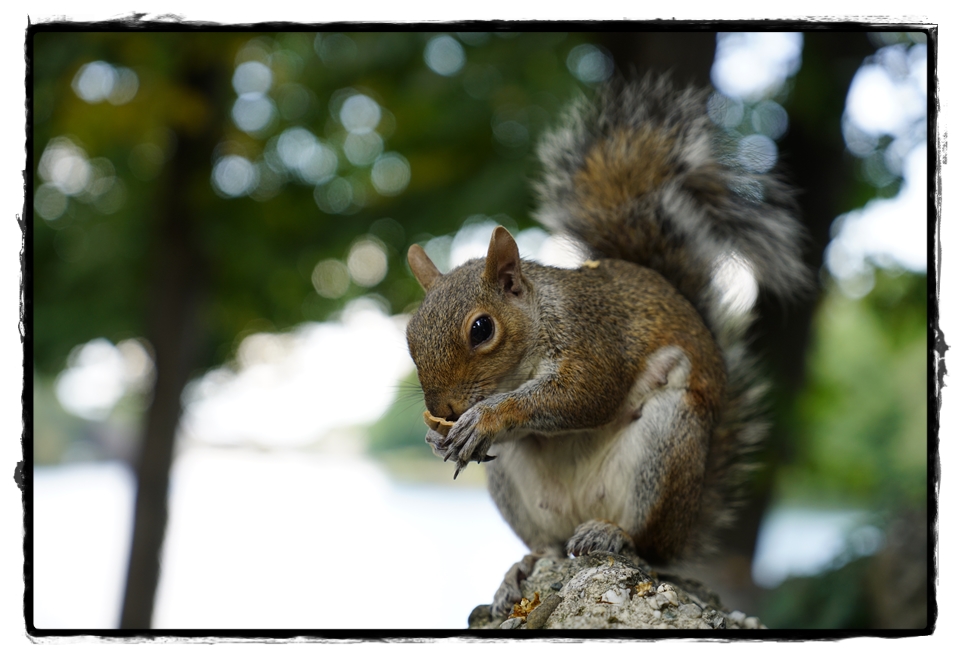
For the first time it feels like there’s no more limit, neither creatively nor technically.
***All the photographs shown in the galleries are original Sony JPEG without any kind of post-production***
(follow my NEWS section and don’t lose my latest articles concerning cameras and lenses, even if they’re already reviewed: in addition to this, I’m gonna publish many other articles about Sony A7RmkII’s autofocus, dynamic range, colors and high ISO performance)

